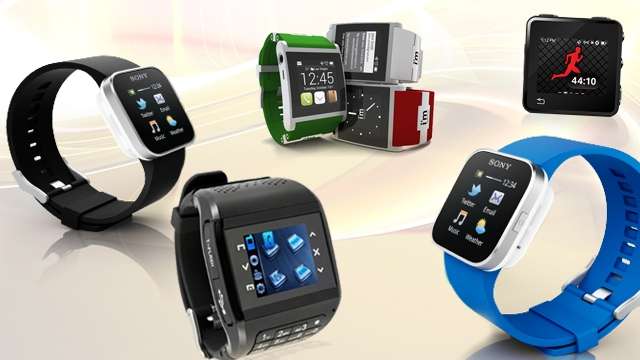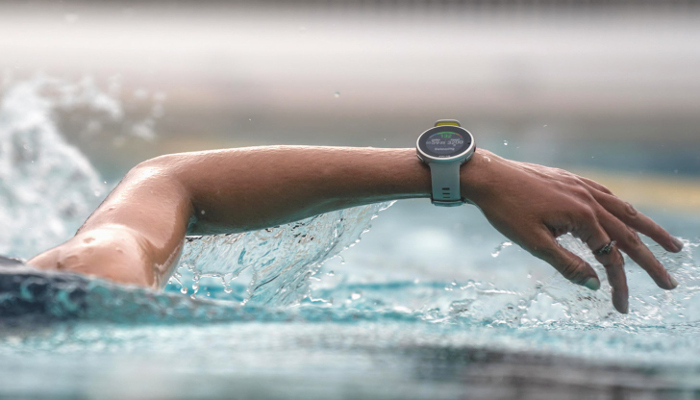Sport watches have become an essential piece of gear for adventure seekers, fitness fanatics, and athletes alike in an age of high tech and multipurpose devices. Modern sport watches are packed with functions to improve performance, track health indicators, and resist the rigors of rigorous physical exercise in addition to their fundamental purpose of telling the time. Let’s examine the development of sport watches and see how they went from being just ordinary clocks to becoming essential equipment for travelers and athletes.

The Origins: Function Meets Durability
The idea of a sport watch originated in the early 1900s, when athletes and members of the armed forces started to wear wristwatches more frequently. These early models had sturdy casings and easily readable dials, with an emphasis on legibility and longevity. The watch needed to be shock-resistant and waterproof in order to survive the harsh conditions that come with doing sports and going outside.
The Rise of Specialized Features
Sport watches became more sophisticated as technology progressed. In order to meet the specific requirements of athletes, manufacturers started adding specialized features. Chronographs, which were first created to time athletic events, are now commonplace and enable users to precisely calculate elapsed time. Users were able to compute speed based on distance and time with tachymeter scales, which expanded the functionality of the watch.
The Advent of Digital Technology
The advent of digital technology in sport watches throughout the 1970s brought about a notable transformation. Greater flexibility was provided by digital displays, which made it possible to include a variety of features including timers, alarms, and even simple computers. Around this same time period, specialty sports watches with features like dive logs and depth gauges that were designed for certain activities, like diving, began to appear.
The Fitness Revolution
Sport timepieces designed to track performance and health were developed as a result of the late 20th century’s increased emphasis on health and fitness. With the addition of sensors to measure heart rate, distance traveled, and calories burned, these watches started to give consumers insightful data about their workouts. Sport watches’ functionality was further enhanced with the addition of GPS, which made it possible to track outside activities like cycling, hiking, and running with accuracy.
The Smartwatch Era
The sport watch industry underwent a shift with the introduction of smartwatches in the 21st century. With the intelligence and connection of contemporary smartphones combined with the functionality of conventional sport watches, smartwatches provided a smooth integration of communication, entertainment, and fitness tracking features. Along with tracking workouts and keeping an eye on health data, users could even make purchases, listen to music, and receive notifications all from their wrist.
Advanced Materials and Design
The materials and designs of sport watches have changed to accommodate the needs of active lives in addition to technology breakthroughs. These days, watchmakers usually use materials like titanium, carbon fiber, and ceramic that are lightweight, sturdy, and have better resistance to wear and tear. In addition to pushing the boundaries of water resistance ratings to unprecedented levels, ergonomic designs and adjustable straps provide a comfortable fit during extended wear, enabling underwater use in even the most demanding circumstances.
Beyond the Wrist: Integration with Smart Devices
Integration with other smart devices has been more common as sport watches develop further. Nowadays, a lot of sport watches are smartphone compatible, so users can sync data, get updates, and even operate their gadgets right from their wrist. The smooth communication between devices made possible by this integrated ecosystem gives users a thorough overview of their fitness and health data.
Looking Ahead: The Future of Sport Watches
With technology developing at such a rapid rate, sport watches have a bright future. Future developments in artificial intelligence and sophisticated sensor integration should enable watches to offer individualized coaching and recommendations based on user performance data. Users will be able to effortlessly incorporate their sport watches into their digital lifestyles thanks to the growth of wearable technology and the Internet of Things (IoT), which will also create new opportunities for connectivity and data exchange.
In conclusion
sport watches have advanced significantly from their modest origins as straightforward timepieces. With a plethora of features meant to improve performance, track health indicators, and endure the rigors of rigorous physical activity, they are now essential tools for athletes, fitness lovers, and explorers. The future of sport watches is brighter than ever, with even more functionality, connection, and convenience for users worldwide promised by ongoing innovation and technological developments.

